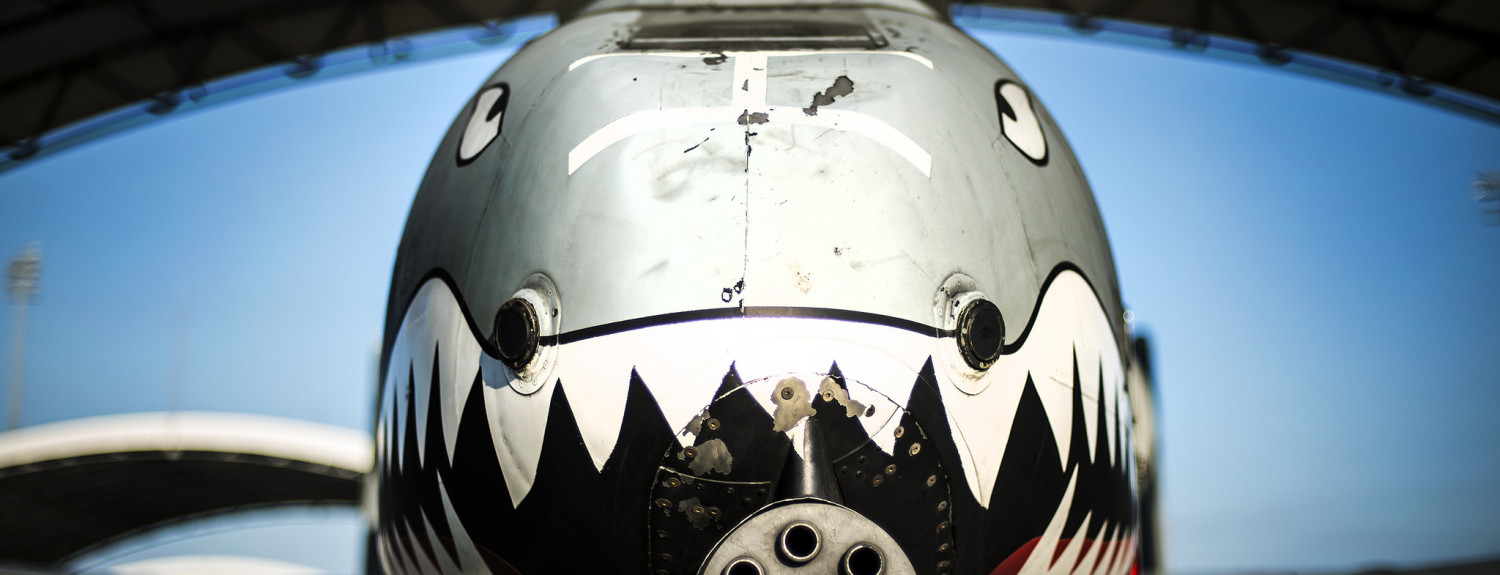(Photo Credit: U.S. Air Force photo/Airman 1st Class Ryan Callaghan/Released)
Can the F-35 Joint Strike Fighter replace the A-10 Thunderbolt II? Congress seeks to find out by pitting the two planes against each other in a series of tests.
The F-35 is supposed to be a jack of all trades that can fill any role in the Air Force arsenal, but its design suggests that it can’t provide close-air support (CAS) quite like the A-10.
The heavily armored, slow moving A-10 Thunderbolt II uses its nose cannon to pummel the ground from a low altitude. Since it flies so slowly, a Warthog’s assault can continue uninterrupted for several minutes before it has to turn around and make another pass. It’s so effective at its job that the Air Force delayed its retirement until 2022 in order to send A-10s to fight the Islamic State.
While the F-35 is technologically superior, it’s also fast moving and lacks firepower. The jet might be the best of the best in many areas, but close-air support isn’t one of them.
Sen. John McCain has done his best to prevent the A-10s retirement precisely because he doesn’t think the F-35 is a good replacement.
“You have nothing to replace [the A-10] with, general,” McCain said in a heated discussion with Air Force officials. “You have nothing to replace it with. Otherwise you’d be using the F-15s and the F-16s which you have plenty of. But you’re using the A-10 because it’s the most effective weapon system.”
The only way to really settle this problem is to send the F-35 and the A-10 through the same hoops and see which plane performs betters.
Military.com reported that the planes will complete ‘war scenarios’ to test their unique capabilities.
Gilmore said the two aircraft will face off on close air support and combat search and rescue, as well as other missions.
“We’re going to do it under all the circumstances that we see CAS [close air support] conducted, including under high-threat conditions in which we expect F-35 will have an advantage and other conditions requiring loitering on the target, low-altitude operations and so-forth,” Gilmore told the Senate Armed Services Committee.




































